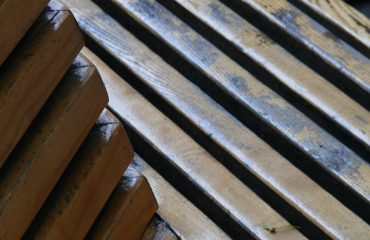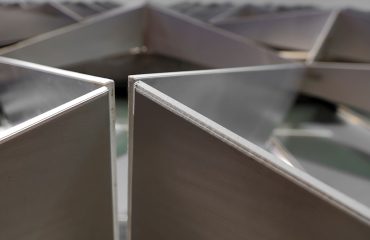body {
font-family: sans-serif;
line-height: 1.6;
}
h1, h2, h3 {
color: #333;
}
The world of engineering is constantly seeking materials that offer superior strength, lightweight properties, and corrosion resistance. Carbon fiber-coated steel pipes represent a significant advancement in this pursuit, combining the inherent strength and durability of steel with the exceptional lightness and stiffness of carbon fiber. This innovative approach opens up a vast array of possibilities across various industries, offering enhanced performance and efficiency.
The Science Behind Carbon Fiber-Coated Steel Pipes
The process of creating carbon fiber-coated steel pipes involves a meticulous application of carbon fiber layers onto a steel pipe substrate. This isn’t simply a superficial coating; it’s a carefully engineered composite material. Several techniques exist, including filament winding, where continuous carbon fibers are precisely wrapped around the pipe, and prepreg techniques where pre-impregnated carbon fiber sheets are bonded to the steel. The choice of method depends on factors such as the desired thickness of the carbon fiber layer, the required mechanical properties, and the overall production scale. A crucial element is the adhesive used to bond the carbon fiber to the steel; this must possess exceptional strength, durability, and resistance to environmental factors to ensure the integrity of the composite structure. The resulting composite material leverages the strengths of both components: the steel provides high tensile strength and resistance to compression, while the carbon fiber enhances stiffness, reduces weight, and improves fatigue resistance.
Enhanced Properties: Strength, Weight, and Corrosion Resistance
The key advantage of carbon fiber-coated steel pipes lies in their enhanced material properties. Compared to standard steel pipes, these composites offer a significant reduction in weight, making them easier to transport and install. This weight reduction is particularly beneficial in applications where weight is a critical factor, such as in aerospace, automotive, and offshore structures. Furthermore, the carbon fiber reinforcement dramatically increases the stiffness and strength of the pipe, allowing for the use of smaller diameter pipes for the same load-bearing capacity. This translates to cost savings on materials and potentially reduced installation complexities. The carbon fiber coating also provides an excellent barrier against corrosion, extending the lifespan of the pipe, especially in harsh environments exposed to moisture, chemicals, or extreme temperatures. This extended lifespan reduces maintenance costs and minimizes the environmental impact associated with pipe replacement.
Diverse Applications Across Industries
The unique combination of properties makes carbon fiber-coated steel pipes suitable for a wide range of applications. In the oil and gas industry, these pipes can withstand high pressures and temperatures while reducing weight for easier transportation and installation in challenging terrains. The aerospace industry utilizes them in aircraft structures and fuel systems, benefiting from their lightweight yet high-strength characteristics. Automotive manufacturers are exploring their use in chassis components and exhaust systems, improving fuel efficiency and vehicle performance. The construction industry can leverage their corrosion resistance and strength for applications in bridges, buildings, and offshore platforms. Even the renewable energy sector finds applications, using these pipes in wind turbine towers and geothermal energy systems.
Manufacturing Process and Cost Considerations
The manufacturing process for carbon fiber-coated steel pipes is more complex and requires specialized equipment compared to the production of standard steel pipes. This complexity contributes to a higher initial cost. However, the long-term benefits, such as increased lifespan, reduced maintenance, and improved performance, often outweigh the initial investment. The cost-effectiveness is further enhanced when considering the weight savings and potential reductions in transportation and installation costs. Advancements in manufacturing techniques and increased demand are gradually driving down the production cost, making these pipes increasingly accessible across different industries.
Future Trends and Innovations in Carbon Fiber-Coated Steel Pipes
Ongoing research and development focus on improving the manufacturing processes to enhance efficiency and reduce costs. Innovations include exploring new types of carbon fibers with improved properties, developing more effective bonding agents, and optimizing the winding techniques to achieve even greater strength and stiffness. Furthermore, research is underway to integrate sensors and monitoring systems within the composite structure to provide real-time data on the pipe’s condition, enabling predictive maintenance and enhancing safety. The future of carbon fiber-coated steel pipes is promising, with potential applications expanding into new areas as the technology matures and becomes more cost-effective.
In conclusion, carbon fiber-coated steel pipes represent a significant technological advancement, offering a compelling combination of strength, lightness, and corrosion resistance. Their diverse applications across various industries highlight their potential to revolutionize engineering and construction practices, leading to more efficient, durable, and sustainable solutions.
Tags: Carbon fiber pipes, steel pipe coating, composite pipes, lightweight pipes, corrosion resistant pipes




